|
www.passioncompassion1418.com
|
SURVIVING GUN FILE (# 195)
|
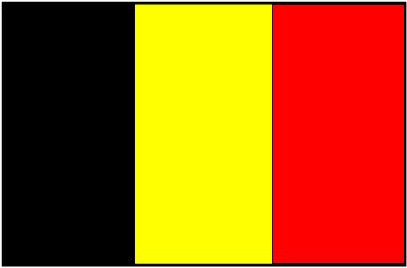 Belgium
|
|
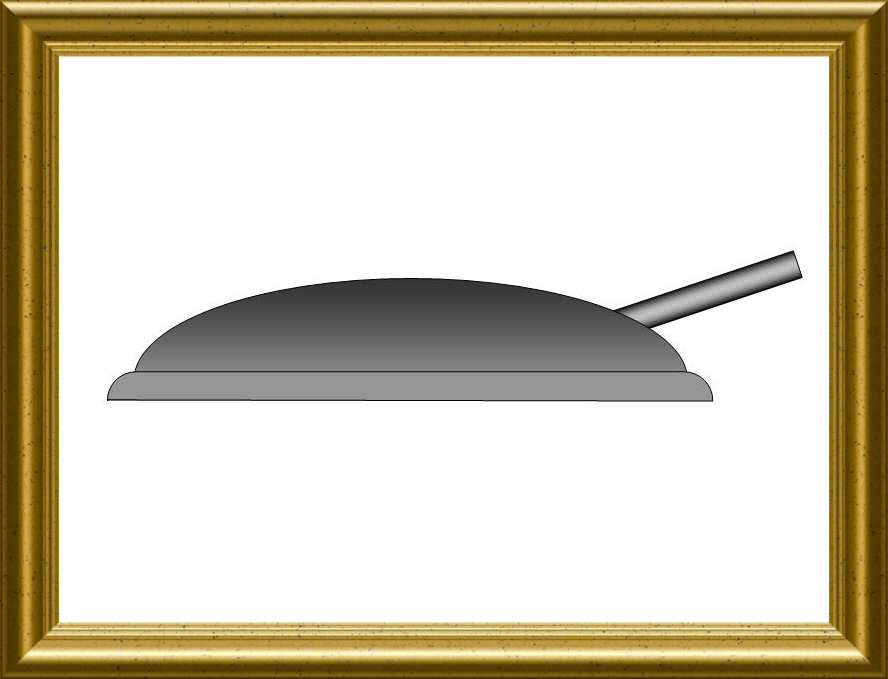 Fortress artillery
|
|||
|
Contributor :
Bernard Plumier http://www.passioncompassion1418.com
Roger Lothaire Luc Malchair http://www.fortiff.be/ |
Location :
Belgium Brasschaat Gunfire Museum
Coordinates :
Lat : 51.33517 / Long : 4.50529
|
General comments on this surviving gun :
This gun used to be exposed in front of the Royal Army Museum in Brussels
Identical items in the same location :
1
Items covered by this file : 1 |
|||
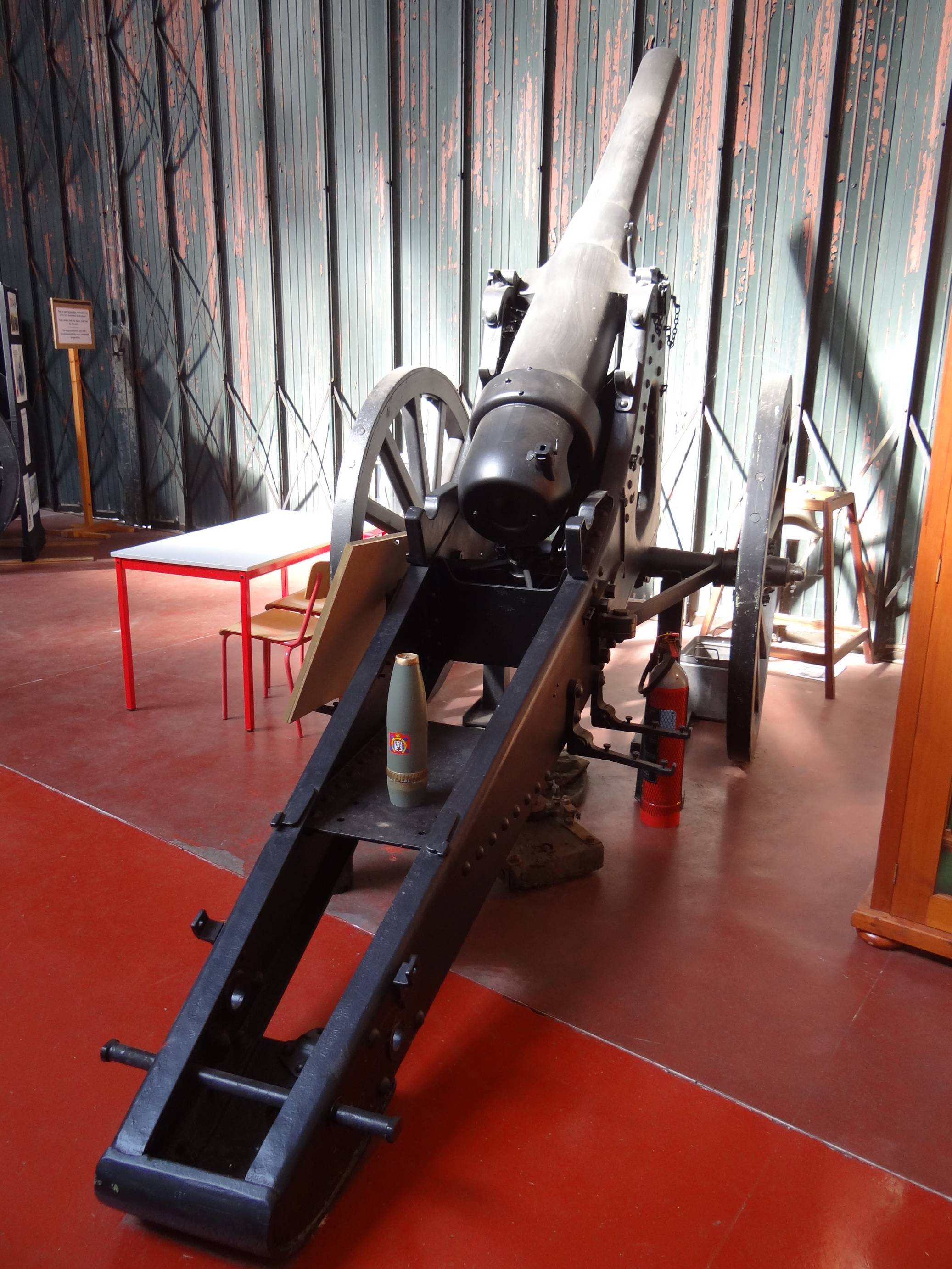
|
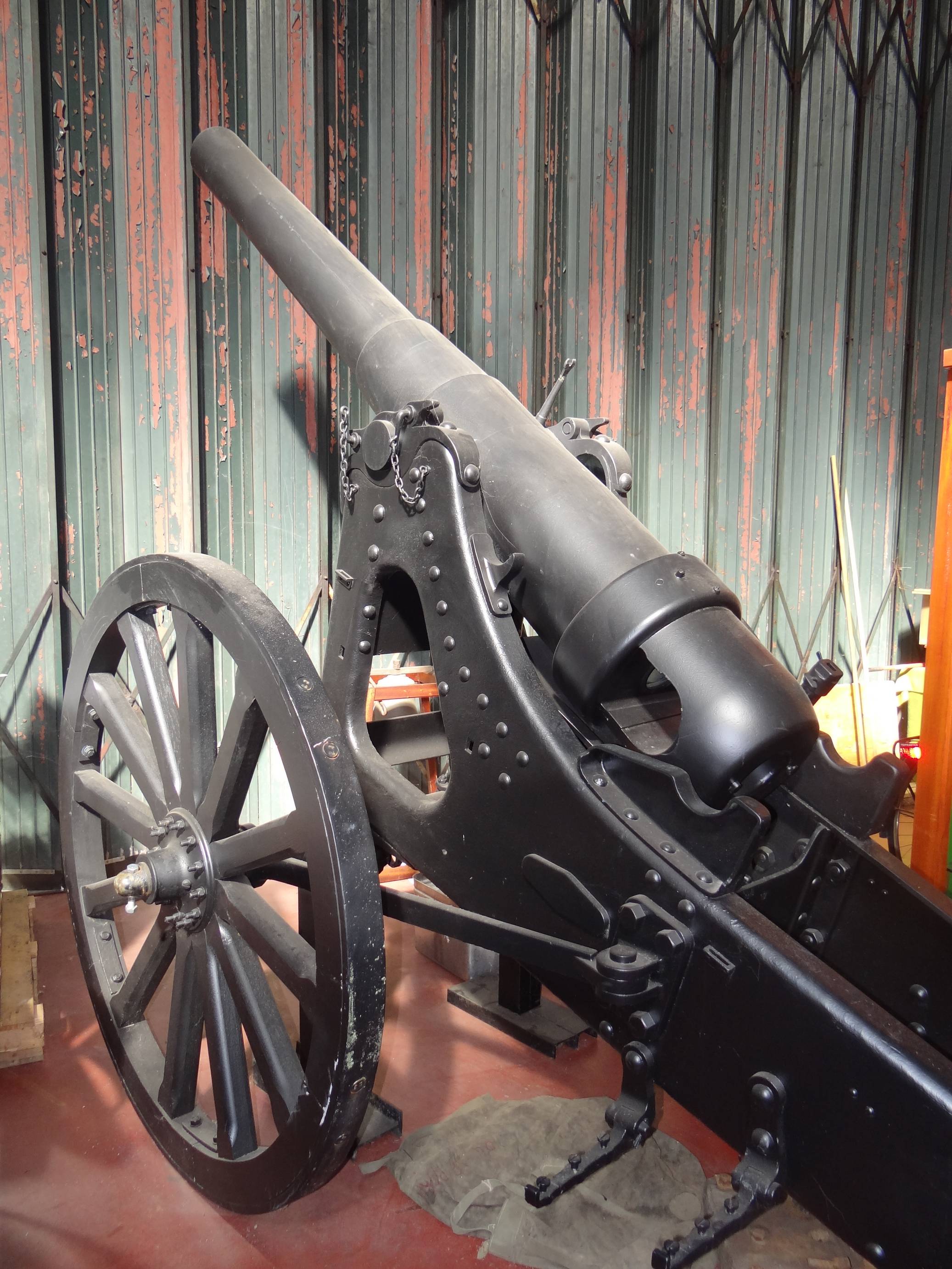
|
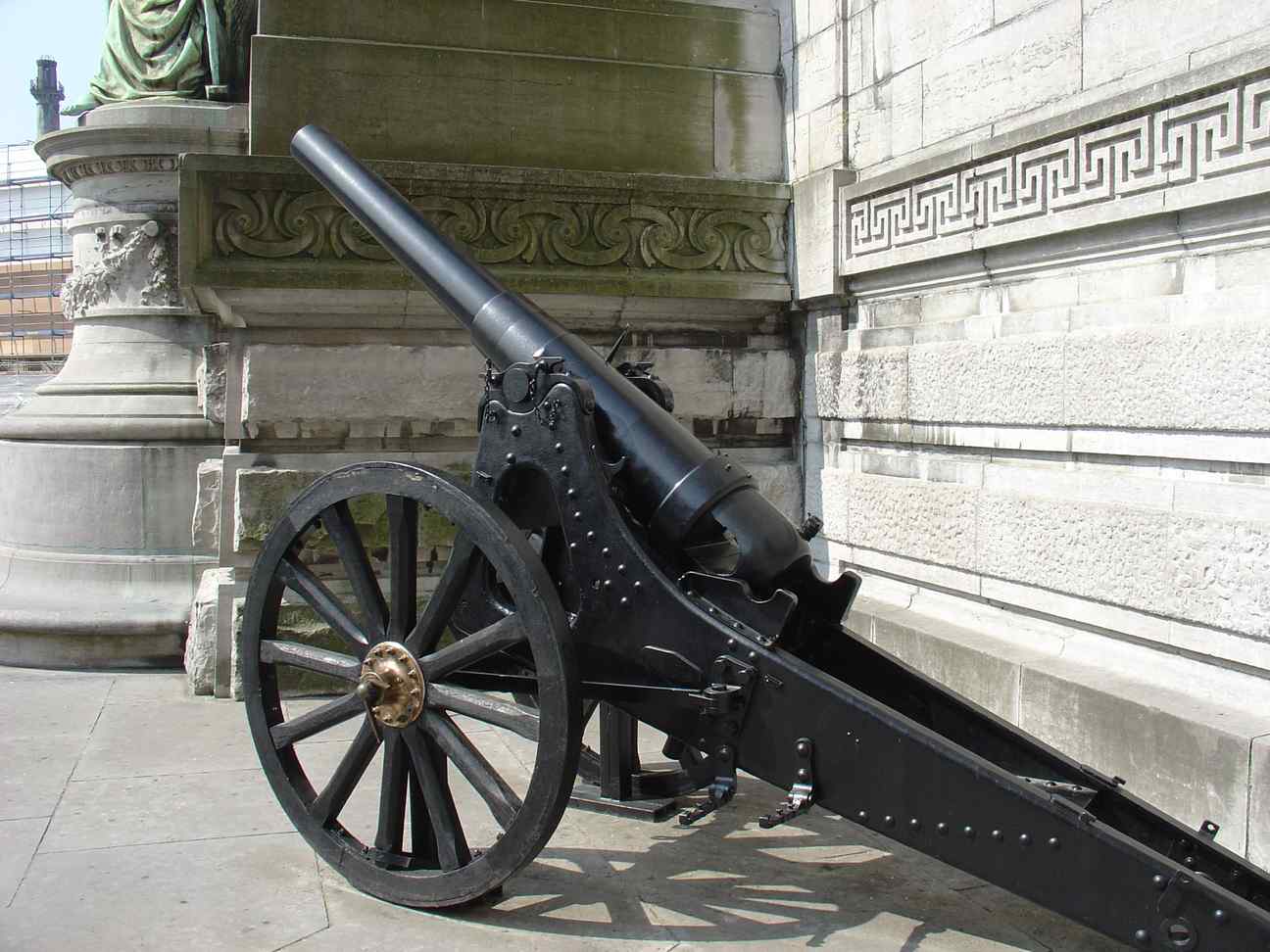
|
|||
Tube profile clearly apparented to the German 'Ringkanone' family |
Breech markings : '12c - N°82 - Liège 1891'. |
Previously shown in front of the Royal Army Museum in Brussels - Trunions markings : 'Poids total 1482 k' |
|||
|
Historic and technical information
|
|||||
| Denomination : 12 c.A. Mod. 1889 |
Origin :
|
||||
|
Historic context :
When Belgium decided in 1887 to built with the General Brialmont the fortified perimeters of Liège and Namur, the consecutive order of more than 600 artillery tubes with various calibres, as well as the steel cupolas was representing a very interesting market that attracted the best German and French armament companies, but also talented Belgian ones, with the good know-how, but whose use was also unavoidable for political reasons.
Concerning the artillery dedicated to the equipment of the modern forts cupolas, bunkers and of the intervals, the Belgian authorities choose the Krupp technology for the delivery of the mortars, howitzers and guns of 15cm and 21cm. But as soon as 1887, the Belgian companies Cockerill and Fonderie Royale de Canons (FRC) associated to take a part of the market, soon proposing from 1889 an alternative to the German weapons of 15cm and 21cm, but also a little 87mm mortar, and a 12cm gun.
Most of these old guns were captured by Germany at the fell of the Liège, Namur and Antwerp fortresses in 1914, and used by their armies to supplement their own heavy guns in the position war. This way, the German armies inventories counted 148 12cm Belgian guns of 3 different kinds (including a late Cockerill-FRC of 1911) in 1916, and were still having 48 of them in 1918. |
Technical data :
|
||||
|
Sources
|
|||||
|
|||||